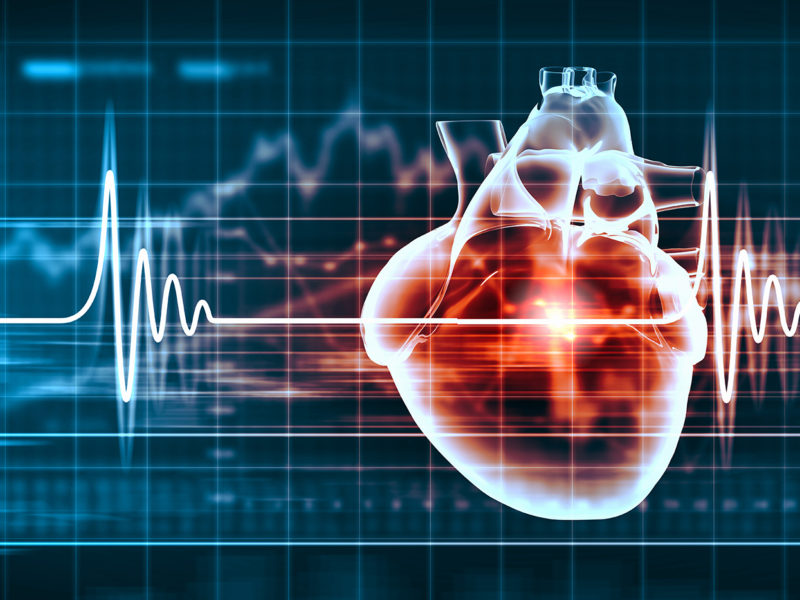How to get your metabolism moving
By Paige Greenfield, Health.com. Sun January 8, 2012
“Want to burn calories while you sleep? Have a pre-bed snack such as peanut butter on a graham cracker.”
Story highlights
- Height, weight, gender and age all affect your resting metabolic rate
- Cardio is just as crucial as weight-training for keeping metabolism humming
- A single sleepless night reduces your resting metabolic rate by about 5%
Here’s something to feel good about: Your body is a calorie-burning machine. You’ll even torch a few while reading this article. The point is, every single thing you do — from breathing to eating to sleeping — uses energy. The number of calories it would take just to lie in bed all day is called your resting metabolic rate. And yours is unique.
“There are so many factors that determine your metabolic rate,” says Janet Rankin, Ph.D., professor of human nutrition, foods, and exercise at Virginia Tech. Among them: your height and weight (bigger people burn more calories), your gender (women have slower metabolisms than men), your age (your metabolic rate declines as you get older), how much muscle or fat you have (muscle burns more calories than fat does), and your DNA.
Although you can’t rewire your double helix or switch back the clock, there’s still plenty you can do to be a fast burner, Rankin says. All you need to do is remember these four research-backed truths.
Cardio revs your metabolism for hours afterward
Resistance training often hogs the metab-boosting spotlight. It’s no wonder, since
a pound of muscle at rest fries three times as many calories as a pound of fat.
However, cardio is every bit as crucial for keeping your metabolism humming.
New research explains why: In a study published in Medicine & Science in Sports & Exercise, people pedaled a
stationary bike as hard as they could for 47 minutes.
The finding: They
slashed 190 calories above their resting metabolic rate for 14 hours after their workout. Add that to the 519 calories, on average, the cyclists scorched from the workout itself, and that’s one heck of a sweat session.
“If you do just two to three vigorous bouts of exercise per week for 45 minutes, you could lose a pound of fat every two weeks from the combination of calories expended during exercise plus what you burn afterward,” says study author David Nieman, Ph.D., a professor of exercise science at Appalachian State University.
So how can you tell if you’re pushing hard enough? Any sweat-inducing activity you can sustain for 45 minutes will do the trick.
Skimping on sleep stalls your calorie-burning
You’d think that more hours awake means more opportunities to sizzle calories, but the truth is that more sleep makes for a quicker metab.
In fact,
a single sleepless night reduces your resting metabolic rate by about 5% several hours into the next day,
according to a study in the American Journal of Clinical Nutrition. What’s more,
the morning after skipping sleep you burn 20% fewer calories from diet-induced thermogenesis
— the number of calories your body uses to break down and digest food.
As if that wasn’t enough to encourage you to power down your iPad early, scientists have found that
women consume 329 more calories, on average, after snoozing for four hours than they do when they sleep for nine.
To keep your cravings in check while preventing your engine from sputtering, try to get seven to eight hours of sleep per night.
Metabolism slows with age, but there’s plenty you can do about it
It’s hardly a myth that many women pack on pounds after age 40. Although experts have attributed the average annual one- to two-pound weight gain to perimenopause and menopause, they really didn’t know why it was happening — until now.
A new study in Cell Metabolism reports that the dip in estrogen levels that occurs with menopause reduces activity in important estrogen receptors in the brain that control how many calories you burn.
Less estrogen, it turns out, equals a sluggish metabolism — you burn 50 fewer calories a day.
Your first line of defense: Hit the weight room. Regular weight-lifting (three sets of 10 to 12 reps of 8 to 10 exercises three times per week for 12 weeks) adds enough muscle mass to burn an extra 45 calories per day. That basically makes up for the hit your metabolism takes at menopause. Also add high intensity interval aerobic training.
When you eat affects whether you’re a super burner
Ideally, you want to keep your internal fat-blasting machine running all day long. So what makes it idle? Drops in blood sugar.
“The primary fuel for the brain is blood sugar, so when it drops, the brain takes steps to sustain sugar delivery so it can maintain normal function,” says Dan Benardot, Ph.D., a professor of nutrition at Georgia State University.
“The body releases the hormone cortisol to break down tissue, including muscle, and turns it into glucose to feed your brain.”
In other words,
low blood sugar leaves you with less muscle, which makes your metabolism drag.
The fix? Eat smaller meals with 100- to 200-calorie snacks in between to keep blood-sugar levels even.
Final tip: Have a light bite before bed. It’s a myth that you should never eat after dinner, Benardot says: “Blood sugar fluxes about every three hours, so if you eat dinner at 6 p.m., blood-sugar levels are getting below normal at 9 p.m.”
Keep your metabolism cranking with a pre-bed snack — such as peanut butter or protein packed food– and you’ll be living the dream: burning calories while you sleep.




